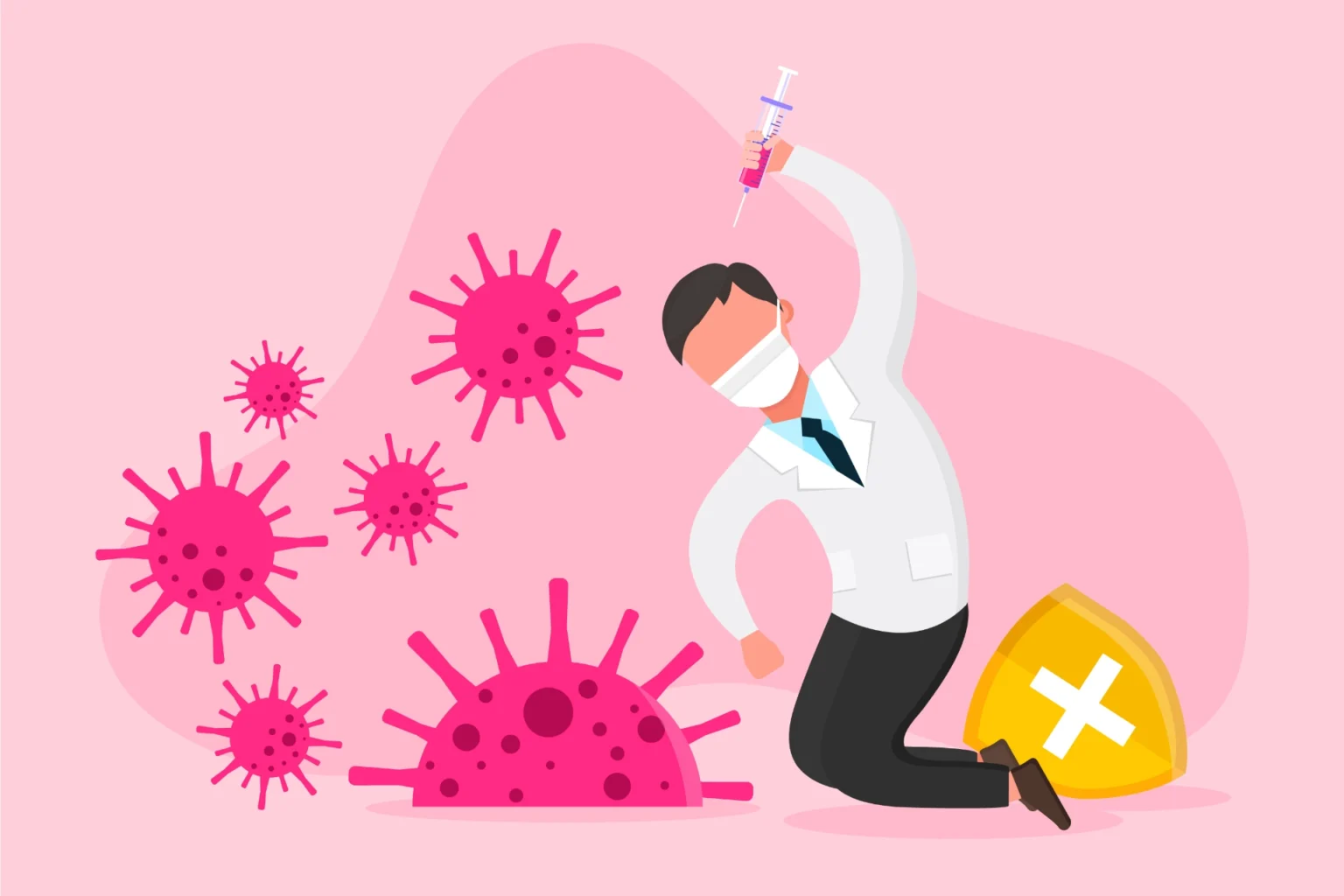While shingles is commonly associated with older adults, younger adults can also develop the condition, particularly if they have weakened immune systems. Shingles, or herpes zoster, is caused by the reactivation of the varicella-zoster virus (VZV), the same virus responsible for chickenpox.
Symptoms of Shingles in Younger Adults
Shingles in younger adults typically presents with:
- Painful rash or blisters on one side of the body
- Tingling, burning, or itching sensations
- Fatigue and fever
The symptoms can be similar to those experienced by older individuals, but younger adults may recover more quickly.
Why Do Younger Adults Get Shingles?
Shingles occurs when the varicella-zoster virus reactivates, which can happen due to a weakened immune system. Factors that contribute to this include:
- High stress levels
- Autoimmune conditions
- Chronic illnesses like diabetes
- Certain medications (e.g., immunosuppressants)
Younger adults under prolonged stress or those with health conditions that affect the immune system are more likely to experience shingles.
Complications in Younger Adults
Though younger individuals typically recover more easily, complications can still arise, such as:
- Postherpetic neuralgia (PHN): Lingering nerve pain after the rash heals
- Vision problems: If shingles affects the eyes, it can cause long-term damage
- Skin infections: Blisters can become infected if not properly treated
Preventing Shingles
The shingles vaccine is recommended for older adults, but younger adults with weakened immune systems may also benefit from it. Managing stress and maintaining a healthy immune system through proper diet, exercise, and sleep are important preventive measures.
Conclusion
Although shingles is more common in older adults, younger individuals with compromised immune systems or high stress levels can still develop the condition. If you experience symptoms of shingles, it’s essential to seek medical advice early for proper treatment and to avoid complications.
For more information, visit Healthline.







 Anti-Rabies Vaccine (Pre-Exposure)
Anti-Rabies Vaccine (Pre-Exposure)

